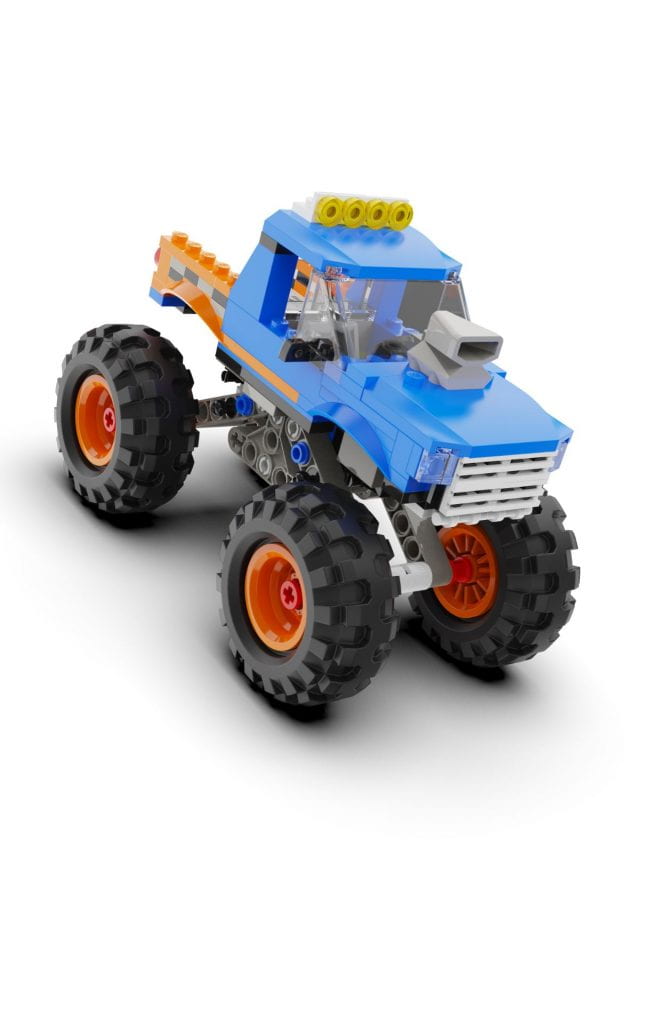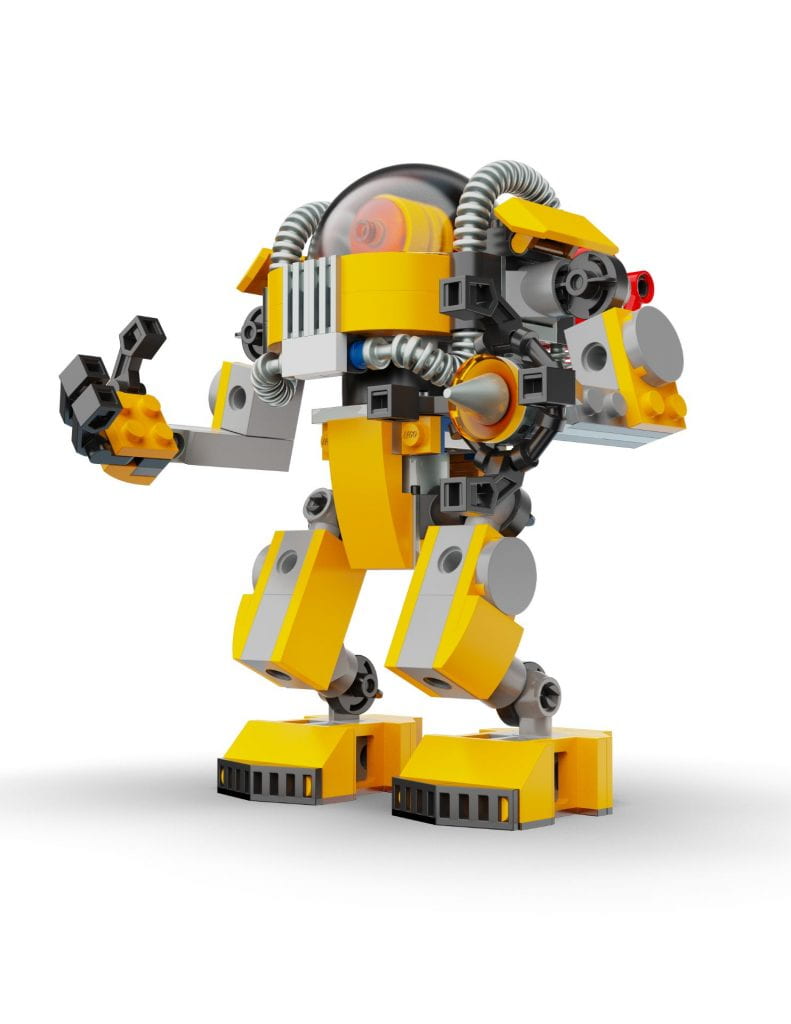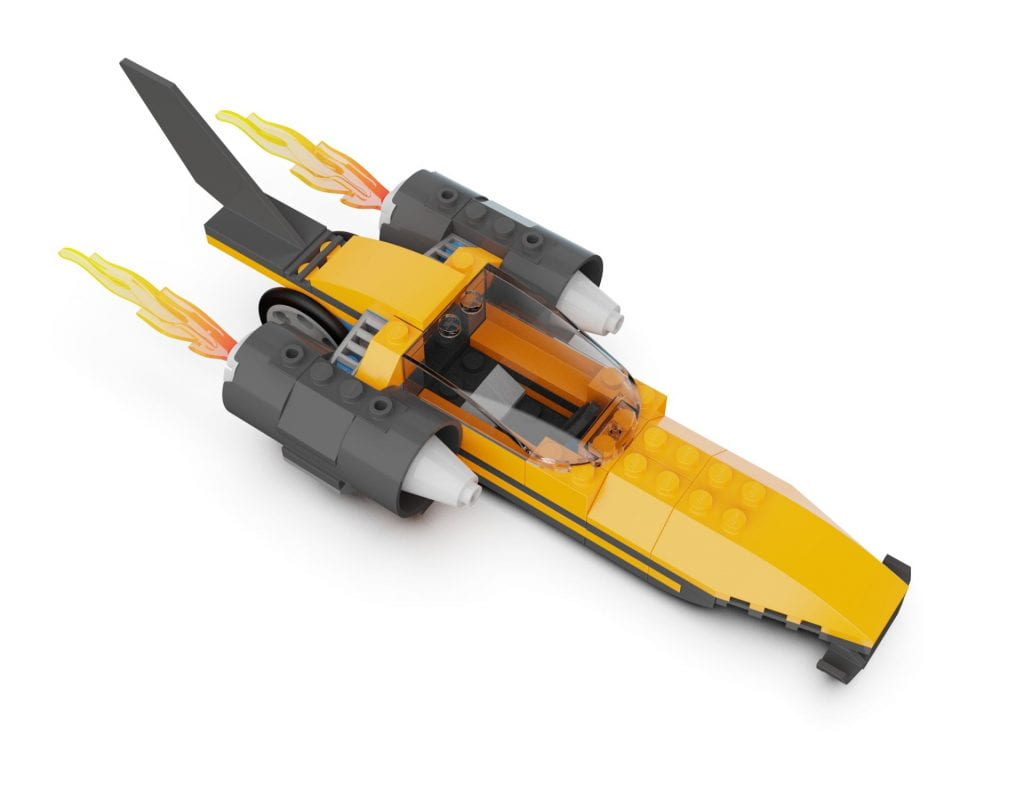Simon Williamson brought Legos into his classroom this past semester in an effort to teach students how to expertly use 3D-design software. The result is the beautiful, photorealistic models seen here.
Williamson’s project requires each student to select a roughly 100-piece Lego set and recreate each piece inside and out using Rhinoceros 3D, a computer graphics and computer-aided design application software.

Keith Manseau
After a set has been digitally built, students create a lifelike image in rendering software KeyShot by using appropriate materials and textures, and an accurate color scheme.
Williamson, a professor in the Department of Industrial Design, sees the exercise as a “great combination of challenges as each part must be measured and modelled extremely accurately so that the construction phase follows the Lego system without a hitch.”

Ethan Garrett
Because Legos are so ubiquitous, most viewers would be able to spot an inauthentic design. In addition to rendering the image correctly, students must also command a sophisticated lighting environment to get it right.
“Any errors will simply not work,” Williamson adds.
Pictured are designs from Class of 2021 Industrial Design students Olivia Deluca, Thatcher Ervin, Ethan Garrett, and Keith Manseau.
—Greg Abazorius



